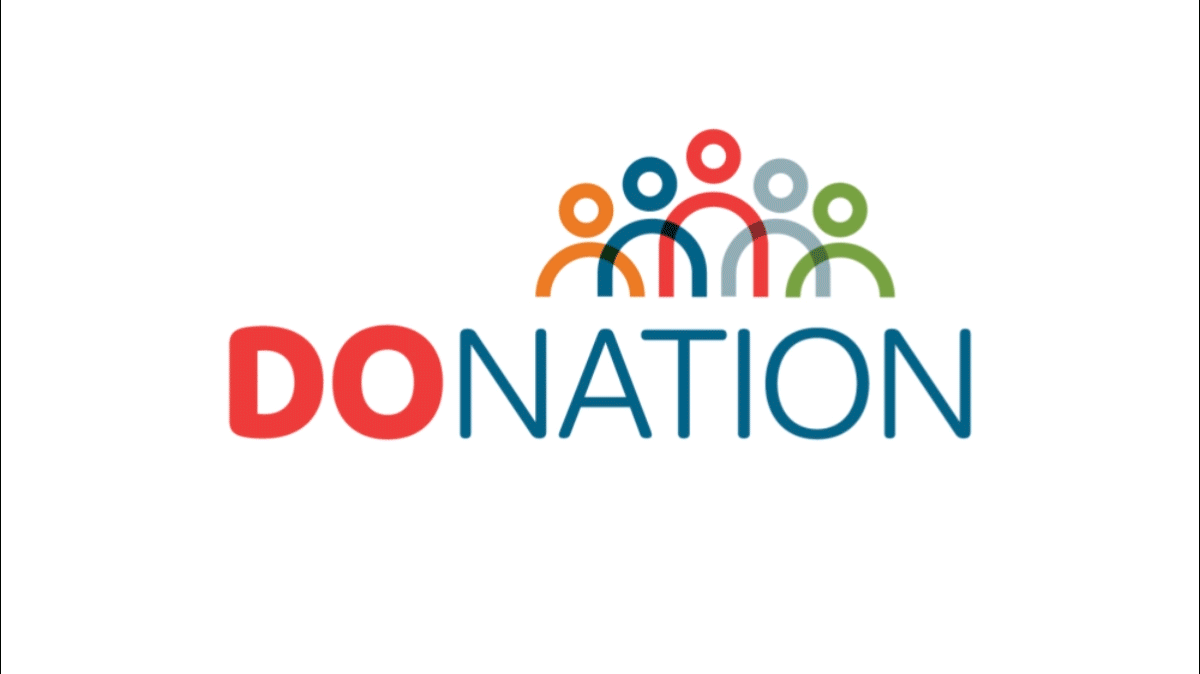The Trustee Quarterly newsletter for Fall 2021 is now available with the theme focusing on disaster planning. When hospitals were inundated with COVID-19 patients in 2020, the presence of a well-designed disaster plan meant life or death not only in the short-term but in the years to come as well.
What is the responsibility of the board when it comes to disaster planning? Their role is to ensure the administration has a clear disaster plan in place with the funding and resources necessary to carry out the plan. In addition to ensuring that their organization is fully prepared in the event of a disaster, disaster planning is also an opportunity for hospitals and health system to:
- Improve the quality of service provided to the community.
- Strengthen community relationships; and
- Build lasting community trust and partnerships that benefit hospitals and health systems in many ways.
In addition, the Affordable Care Act (ACA) and the Joint Commission accreditation have specific requirements for disaster preparedness.
The ACA includes a requirement that charitable hospitals have a written Emergency Medical Care Policy in place that requires the provision of emergency care regardless of eligibility under the financial assistance policy. This means that hospitals must be prepared financially to handle the initial cost and long-term financial implications of care for patients during an emergency.
Joint Commission accreditation includes specific requirements relating to the development of a written Emergency Operations Plan. This includes conducting a hazard vulnerability analysis, working with community partners, ensuring a communication plan is in place, and conducting annual drills.
What Boards Should Be Doing Now:
Every organization should have a robust disaster plan in place. These plans should not be created or practiced in a vacuum. Preparations require collaborative work with local and regional community organizations, including potential competitors, to ensure a comprehensive plan is in place. There are three key steps outlined below:
Step 1: Identify Logical, Likely Threats.
Step 2: Assess Threats and Create an Action Plan
Step 3: Simulate the Disaster, Practice the Response
Disaster Planning: Yesterday, Today and Tomorrow:
Disaster planning has been part of SDAHO’s ongoing conversations with our members for years, so when the COVID-19 pandemic reached South Dakota, the SDAHO team was ready to update a plan that was already in place. The most recent plan called The South Dakota Crisis Standards of Care Plan is almost finalized and expected to be ready by late October of 2021. The revised plan will take work already created and adopt new provisions to allow for consistency and collaboration across the state of South Dakota.
In 2009, the South Dakota Department of Health and LifeCircle South Dakota (formerly known as the Sioux Falls Bioethics Network), worked together during the H1N1 pandemic to create a draft policy of the South Dakota Pandemic Guidelines. The guidelines follow a clinical framework for responding to a crisis and treating patients when resources are limited.
In 2021, LifeCircle South Dakota, with facilitation from SDAHO and collaboration with the South Dakota Department of Health, created a legal and medical workgroup to update the 2009 plan and unify South Dakota hospitals on how to prioritize critical care resources during a public health emergency with the overall goal of saving as many lives as possible. The SD Crisis Standards of Care Plan helps to reduce clinician burden by providing an ethically sound, clinically objective, practical, non-discriminatory, and transparent triage guideline for allocation of limited medical resources in the event of a mass critical care situation during which the demand for hospital and critical care services exceeds capacity.
Education and training for hospitals, providers and key stakeholders will take place in November 2021 to update everyone on the purpose and revisions to the plan and develop policies and procedures at a local level
For more trustee resources and past issues of The Trustee Quarterly newsletter, visit the SDAHO Trustee Resource Center.




